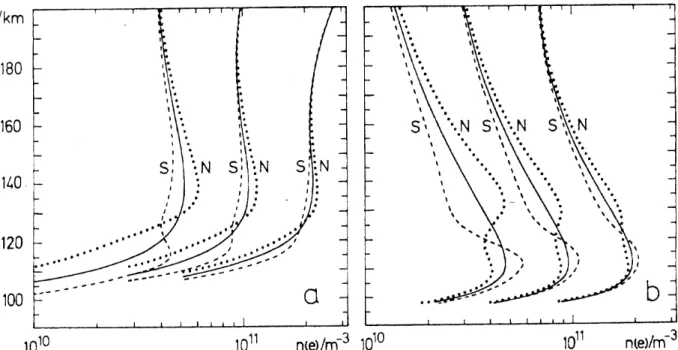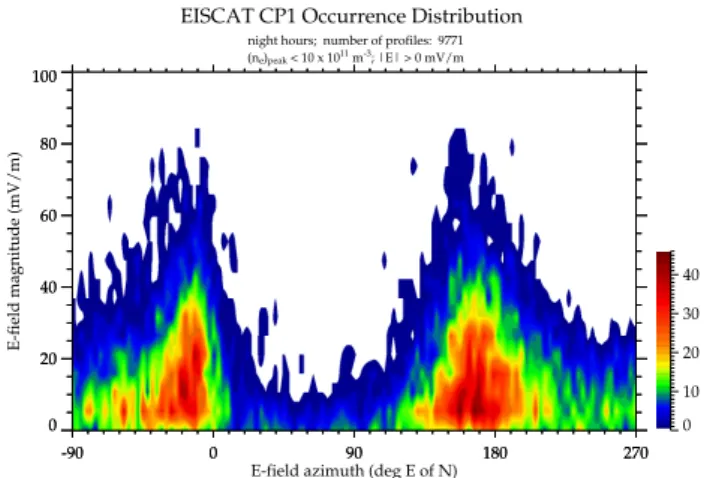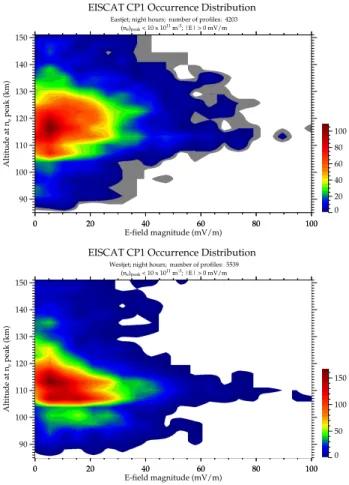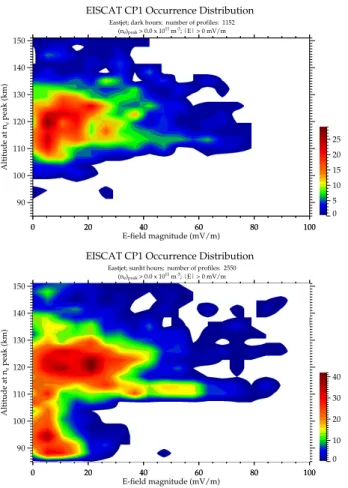Auroral E-region electron density height profile modificationby electric field driven vertical plasma transport:some evidence in EISCAT CP-1 data statistics
Texto
Imagem




Documentos relacionados
ESR and EISCAT Tromsù radar is shown in Fig. The electron density in the F region between 200±300 km was obviously depleted at both sites, to more or less the same extent. This
The plasma density estimated from the Langmuir probe mea- surements (panel a) together with the estimated field-aligned current density assuming the Freja spacecraft encounters
Besides the magnetic ®eld measurements, there were auroral observations and plasma ¯ow and conductivity mea- surements obtained by EISCAT.. The data of all three sets of instruments
This plasma en- try generates electron precipitation and patches of enhanced electron density and elevated electron temperature in the F2- region that are seen in IS radar data, as
In this paper the performance of GaN based SDR IMPATT have thoroughly studied in terms of (i) electric field profile[E(x)] (ii) normalized current density profile [P(x)]
The responses of the electron concentration, ion, elec- tron and neutral temperature, wind velocity and electric- field potential to the variations of a precipitating 0.23-keV
Second, electron density profiles measured with the EISCAT UHF radar in vicinity of the heating cycles are overcritical, and no E region topside at the altitude of the observed
The structure of the remelting zone of the steel C90 steel be- fore conventional tempering consitute cells, dendritic cells, sur- rounded with the cementite, inside of
